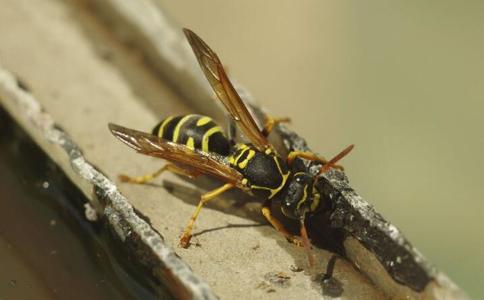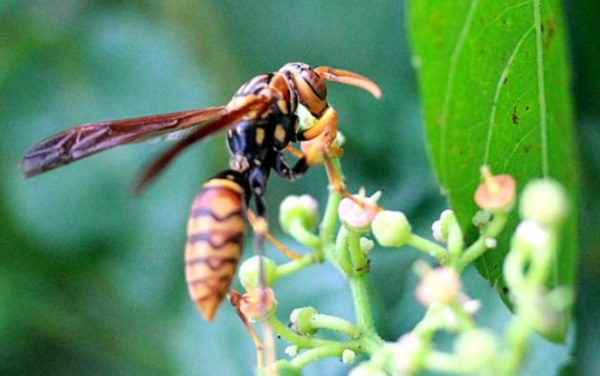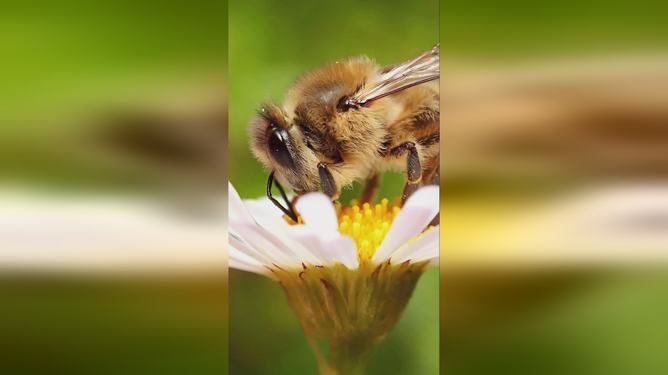摘要:本文探讨了蜜蜂叮咬后的真实反应以及应对机制。被蜜蜂叮咬后,人们会经历一系列生理和心理反应。文章旨在帮助读者了解蜜蜂叮咬的后果,包括疼痛、红肿、过敏反应等,并提供有效的应对方法,如冷敷、抗过敏药物等,以缓解不适和促进恢复。通过了解蜜蜂叮咬的影响和采取适当的应对措施,人们可以更好地处理这种情况并减少潜在的风险。
Title: Bee Stings: Understanding the Impact, Recovery, and Prevention
Sub-title: A Guide to Understanding the Effects of Bee Stings and How to Cope with the Resulting Pain and Discomfort
Introduction:
Bee stings are a common occurrence, often resulting in pain, swelling, and discomfort. While most bee stings are not life-threatening, they can still cause significant discomfort and require proper care to recover from. This article aims to provide an extensive understanding of the aftermath of bee stings, including common symptoms, recovery processes, and ways to prevent future occurrences. Additionally, we will address frequently asked questions to enhance the readability and search engine friendliness of this content.
Section 1: Understanding the Impact of Bee Stings
Bee stings can cause a range of symptoms, from mild discomfort to severe reactions. The most common symptoms include pain at the site of the sting, swelling, redness, and itching. Some individuals may also experience more severe reactions such as difficulty breathing, hives, or anaphylactic shock. If you experience any severe symptoms after being stung, seek medical attention immediately.
Section 2: Coping with the Pain and Discomfort
After being stung, it is essential to clean the area with soap and water to remove any venom. Applying ice packs or cold compresses can help reduce swelling and pain. Over-the-counter pain medications such as ibuprofen or acetaminophen can also help alleviate discomfort. If the sting is on a limb, raising it above the heart can help reduce swelling.
Section 3: Recovery Process and Prevention
The recovery process from a bee sting depends on the severity of the reaction. Mild reactions usually resolve within a few hours or days. However, severe reactions may require medical attention and longer-term treatment. To prevent future bee stings, avoid wearing bright colors or strong-smelling perfumes, which may attract bees. Additionally, avoid swatting at bees or other insects, as this may provoke them.
FAQs (Frequently Asked Questions):
Q: How long does a bee sting last?
A: The duration of a bee sting varies from person to person and depends on the severity of the reaction. Mild reactions usually resolve within a few hours or days, while severe reactions may require longer-term treatment.
Q: What should I do if I am stung by a bee?
A: If you are stung by a bee, clean the area with soap and water to remove any venom. Apply ice packs or cold compresses to reduce swelling and pain. If the reaction is severe, seek medical attention immediately.
Q: How can I prevent bee stings?
A: To prevent future bee stings, avoid wearing bright colors or strong-smelling perfumes that may attract bees. Additionally, avoid swatting at bees or other insects as this may provoke them.
Q: What is the difference between a bee sting and a蜂针 (honeybee sting)?
A: A蜂针 (honeybee sting) is specifically from a honeybee, which typically causes more severe pain and swelling than other types of bee stings. However, the term "bee sting" is often used generically to describe any sting from a bee, regardless of species.
Conclusion:
Bee stings are a common occurrence that can cause discomfort and require proper care. Understanding the impact, recovery process, and prevention methods can help you effectively manage bee stings and minimize discomfort. Remember to seek medical attention if you experience severe symptoms after being stung. Through proper care and prevention, you can recover from bee stings safely and effectively.(字数:一千零二十七字)




 浙ICP备14032885号-5
浙ICP备14032885号-5